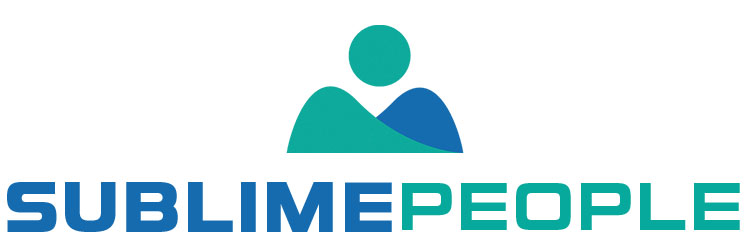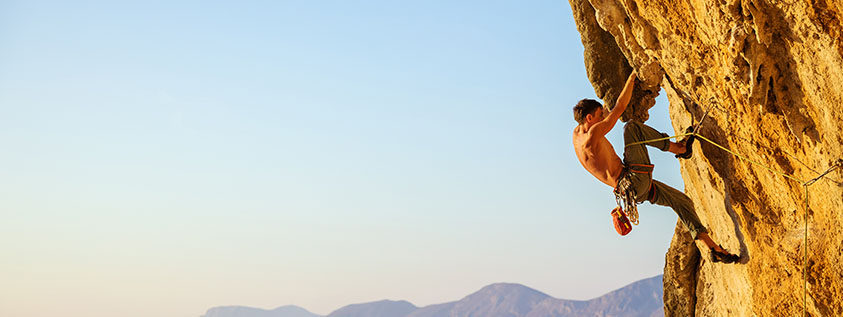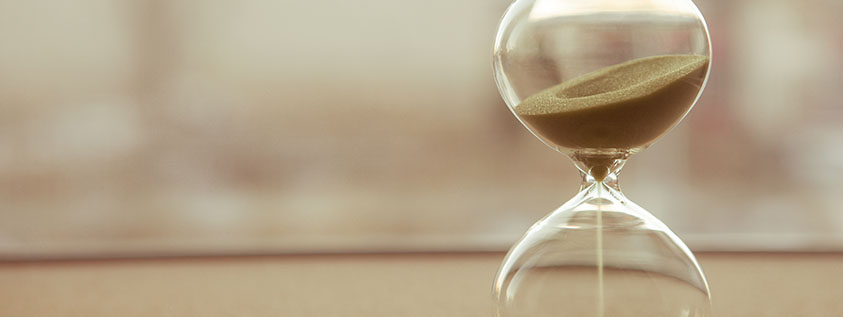Conforming to the flow theory, people perform at the highest levels if they get in a flow experience. Therefore a flow experience can be very beneficial for them. However, flow experiences are challenging to achieve and it is necessary to have the right conditions to get into a flow state.
The more you know about the requirements and the mental state, the easier it will be to enter. This article will talk about what flow theory is, its benefits and how to trigger it.
In this Article:
What is a flow state?
When performing an intense and suited activity with full attention, a person can reach a perfect state of mind. Achieving flow is also called “Being in the zone,” ‘clicking,’ “magic moment,” hyperfocus.” People who play video games also recognize this phenomenon: it’s that moment where they can’t lose, can’t be stopped.
A feeling of being in the moment
Some people compare the flow experience with meditation. Meditation involves being aware of the present moment and focusing on stillness, breath, or a thought. However, a flow experience is the exact opposite: instead of focusing on themselves, a person focuses on a task or activity. A key difference between meditation and flow state is attention. In meditation, consciousness is directed at oneself. In a flow state, consciousness is directed at the environment.
Flow is an optimal experience
Flow describes an optimal experience. It is a time when people feel the most fulfilled, the most alive. In this state, a person feels fully present and aware. An almost magical moment arises when a person experiences flow. It’s why athletes, musicians, writers, and artists are so passionate about their work.
Why is it called flow state?
People often describe flow as a feeling of being in the moment. It’s a state where a person gets completely absorbed by an activity or a task. In a sense, they go with the flow of the activity.
What can trigger a flow state?
According to the flow theory, a flow state can happen in everyday life, during work or play. If you are doing something challenging yet still within your capabilities, you can have one. Several things can trigger flow:
- A challenging task that requires skill
- The task is something that you’re passionate about
- A sense of control over the task
- The task is meaningful and has a purpose
- The task is feedback oriented
- There is a focus on the activity
- There is a sense of control and autonomy
- There is a choice in the manner
A challenging task
A flow state can be achieved when a person is performing a challenging task yet still within the realm of possibility. The task mustn’t be too difficult or too simple, or else it will not challenge you. It would be best if the task challenged you but still felt that you could accomplish it.
A task that requires skill
The person must have a certain skill level to perform an activity. If an activity doesn’t require any skill, a person will not enter a flow state, and they would be passively engaged with the task. If you already have the skill and knowledge, you can perform an activity in which you’ll get into a flow state. Next to this, if you’re learning a new skill and keep failing or doing something incorrectly, you will also fall out of the flow state easier.
The task is something that you’re passionate about
It is much easier to get into a flow state if you are passionate about the activity. This will make the task or activity more appealing and rewarding. You’ll get an extra dose of motivation to persevere and get better at it. The task will also be less boring to you.
A sense of control over the task
You need to have some influence over what you do when trying to get into a flow state. If you’re following orders, you will be extrinsically motivated, and you won’t be able to get into a flow state. If someone achieves a task at their own pace or does it how they want to, they will reach the flow state easier.
The task is meaningful and has a purpose
The task needs to have some purpose, even if you are doing it in your free time. Similar to meditation, flow is not an empty experience, it’s about being occupied by something meaningful.
The task is feedback oriented
If you get regular feedback on your actions, it’s easier to stay motivated and keep pushing yourself forward. When you receive feedback, you can see that you’re making progress in what you do and that will be useful to make the flow state more satisfying.
There is a focus on the activity
Focus is a crucial requirement for the flow state. You need to be highly aware of what you are doing to get into a flow state.
There is a sense of control and autonomy
You need to be able to control your task: if external forces start telling you what to do, your consciousness will switch focus, and you’ll stop being in a flow state.
There is a choice in the manner
If you are free to choose when, where, and how you can do something, the activity is more likely to trigger flow. It is easier to be completely involved with the activity when you have a choice and autonomy.
What type of activities can trigger a flow state according to the flow theory?
If you are passionate about the activity, doing anything intensely challenging and rewarding will trigger a flow state. Some examples are sports, biking, music, archery, games, painting, writing, studying, science projects, etc.
You can only achieve flow states when an activity is intrinsically rewarding and challenging. Watching tv, walking, or sitting in a chair are not challenging in comparison to writing an article or painting a landscape. Therefore, you will experience fewer flow states while doing these basic activities. If you happen to experience a flow state when doing those activities, it will probably be less intense.
Some characteristics of the flow experience
When you achieve a flow experience, your mental state changes. You will feel actively engaged and not think about the past or future. In other words, you will be completely immersed in the activity. These factors characterize flow states:
- Total feeling in the moment no dwelling on past or future events
- No self-reflection, ego, or sense of self-consciousness
- There is a loss of a sense of time
- Experiencing pleasure with the activity a sense of serenity
- Knowing what you need to do
- There is a higher level of performance
- Awareness that you can do the task
- Doing the activity is rewarding on its own
Total feeling in the moment no dwelling on past or future events
When you have a flow experience, you are not thinking about past or future events but living in the moment. You are not thinking about winning or losing, and you’re not contemplating your self-consciousness. You won’t be dwelling over the past or future; you will only think about what you’re doing at the moment.
No self-reflection, ego, or sense of self-consciousness
When you achieve flow, you don’t have any self-reflection or insight into self-consciousness. You feel like you are entirely on the same page as your actions. Because there is a complete focus on the activity, you don’t spend energy thinking about your ego or self-consciousness, you just act.
There is a loss of a sense of time
Flow states will affect your sense of time because you are absorbed in the activity. The flow will take you, and it won’t matter if you’re doing something for a long or short period. It feels like time goes by faster when you are not keeping track of time.
Experiencing pleasure with the activity a sense of serenity
In a state of flow, you will feel a sense of peace. You will also feel joy because you will fully engage with something you are intrinsically motivated to do. This feeling of satisfaction comes from a feeling of competence, autonomy, and control.
Know what to do
When you are in a flow state, you need to understand what you need to do in order to complete the activity correctly. If the task is well-defined, you will be more likely to flow. Defining a job is an important step to achieving flow.
There is a higher level of performance
Flow states bring higher performance due to the higher level of focus. This has a strong connection with knowing what you need to do. When your skill level and challenge level meet, you will get peak performance and, as a consequence, your skill level will increase even more.
Awareness that you can do the task
It would be best to do an activity successfully to achieve a flow experience. If you feel like you can do something, this will positively affect achieving flow.
Doing the activity is rewarding on its own
When looking for a flow experience, you need to find intrinsically rewarding activities. Even if you get an extrinsic reward, focus on the task, not on the reward. Flow experiences are enjoyable because intrinsic motivation is stronger and more long-lasting than extrinsic motivation.
How to reach a flow state?
Flow experiences often happen when there is the right balance of skill and challenge. It will be frustrating if something is too hard. On the contrary, it will be boring if something is too easy.
Time
Focus on a task for longer than 15 minutes. If you’re doing something for a shorter time, it won’t be easy to achieve flow. Getting through 15 minutes might be difficult for you, but focus on the reward of having a flow experience.
Prepare your body
When you feel relaxed, and you have a full stomach and empty bladder, you can focus more on the activity. Preparing your body and relaxing for about 5 minutes before starting something will help you get into a flow state. Ask yourself what thoughts are stressing me out, and switch your thoughts when you start having them.
Knowledge
Before you can experience flow with an activity, you might need to go through a learning process. For an optimal experience, you need to know what you’re doing. Plan what you are going to do carefully. Ask yourself: Do I need to know something to make me focus on the task better?
Remove distractions
Remove any distractions you might get from outside sources to focus better on the activity. Ask yourself: What can I do to close my mind off to the outside world and entirely focus on the task?
Intrinsic motivation and flow theory
Intrinsic motivation comes from within, not because of external rewards or punishment.
Flow theory and intrinsic motivation are very much alike; when you experience flow, you have internal motivation for the activity. Furthermore, just like flow theory, you need a skill level, control, and competence.
However, while you can have intrinsic motivation to do an activity, you can’t always achieve flow when doing it.
In this sense, intrinsic motivation also happens outside of an activity, while you can only experience flow while doing it. Praise from outside can positively affect intrinsic motivation, while positive feedback is not associated strongly with being in the flow.
Science and flow theory in positive psychology
Positive psychology is the scientific study of what makes life most worth living. It is the scientific attempt to answer the question: What’s the best way to live?
Flow theory is a psychological concept that Mihály Csíkszentmihályi has developed. It describes the mental state someone enters when they immerse completely in an activity.
A word from Sublime People
Achieving flow happens in everyday life naturally. It is a psychological state in which an activity absorbs you. However, you can keep in mind a couple of things from the flow theory if you want to benefit from it.
- Find intrinsically rewarding activities
- Focus on the task and not on the reward
- Relax before starting something
- Prepare what you want to do and learn as much as possible about it
- Remove distractions and let yourself focus entirely
- Set goals that are difficult but achievable
- Try to get clear and immediate feedback
This article mentioned some exciting ideas from flow research and the flow model and how it connects to intrinsic motivation. Furthermore, we showed you how to get into the flow. We hope you enjoyed reading the article and that it will help you increase your performance.
Was this article useful for you? Tell us in a comment!













